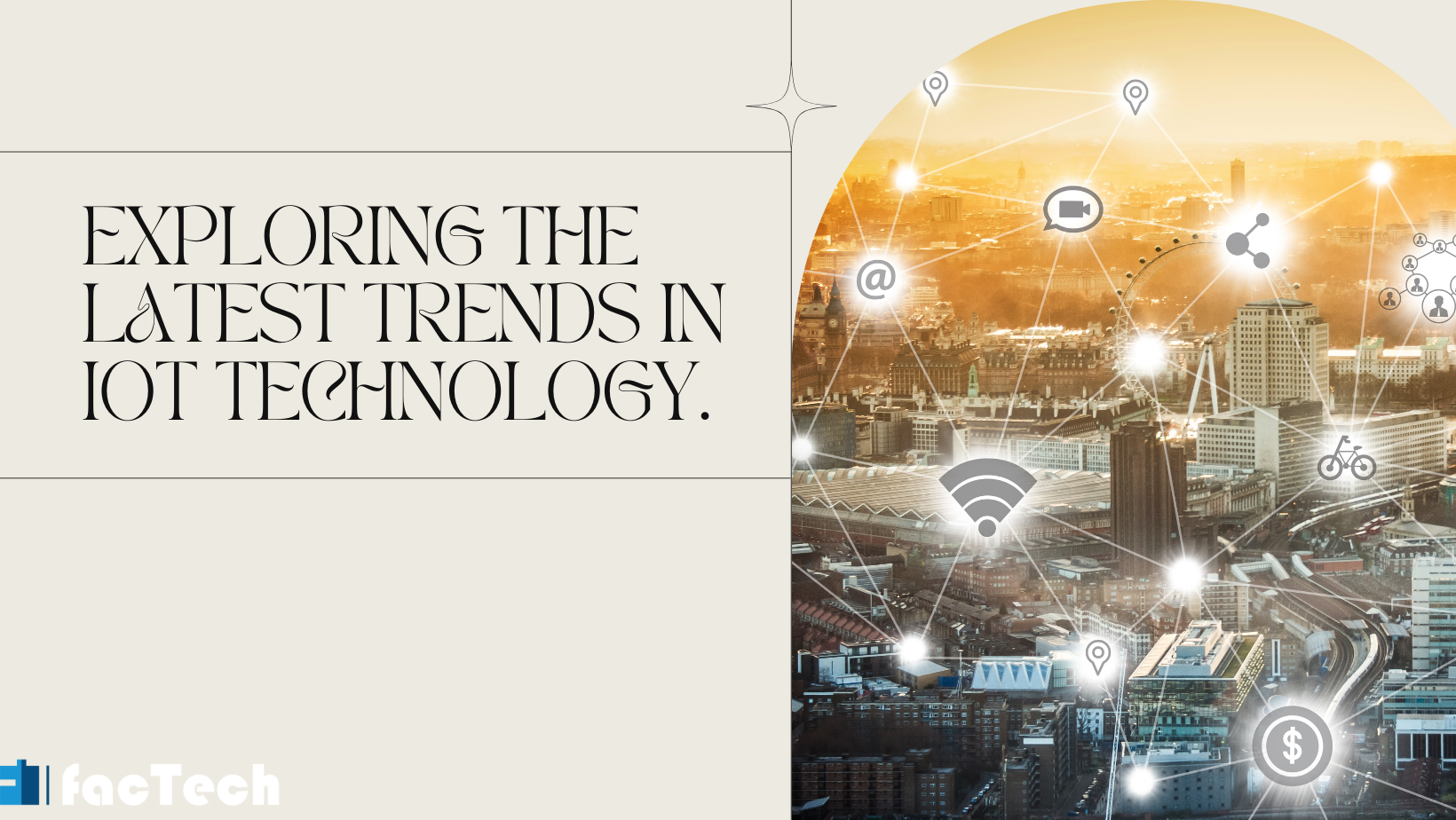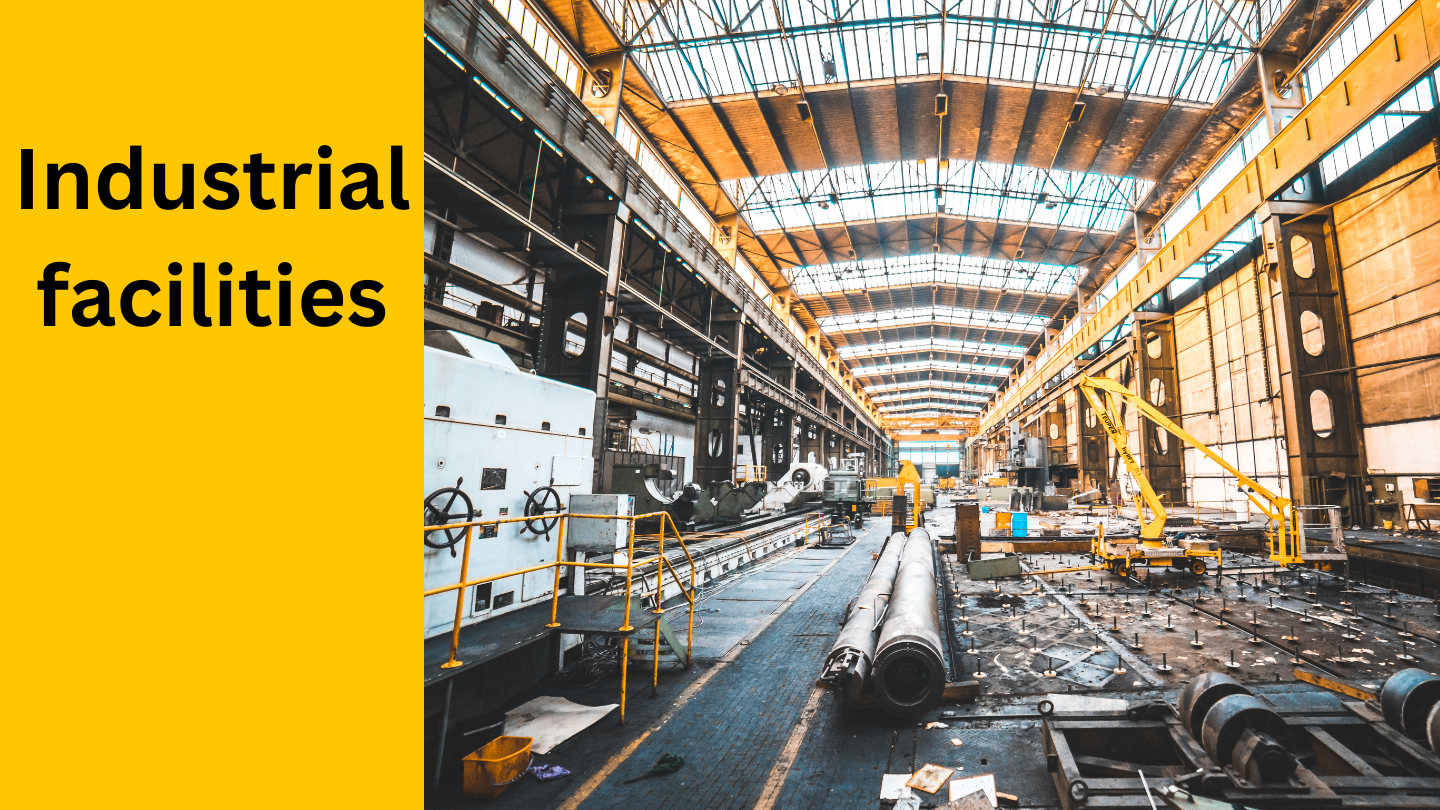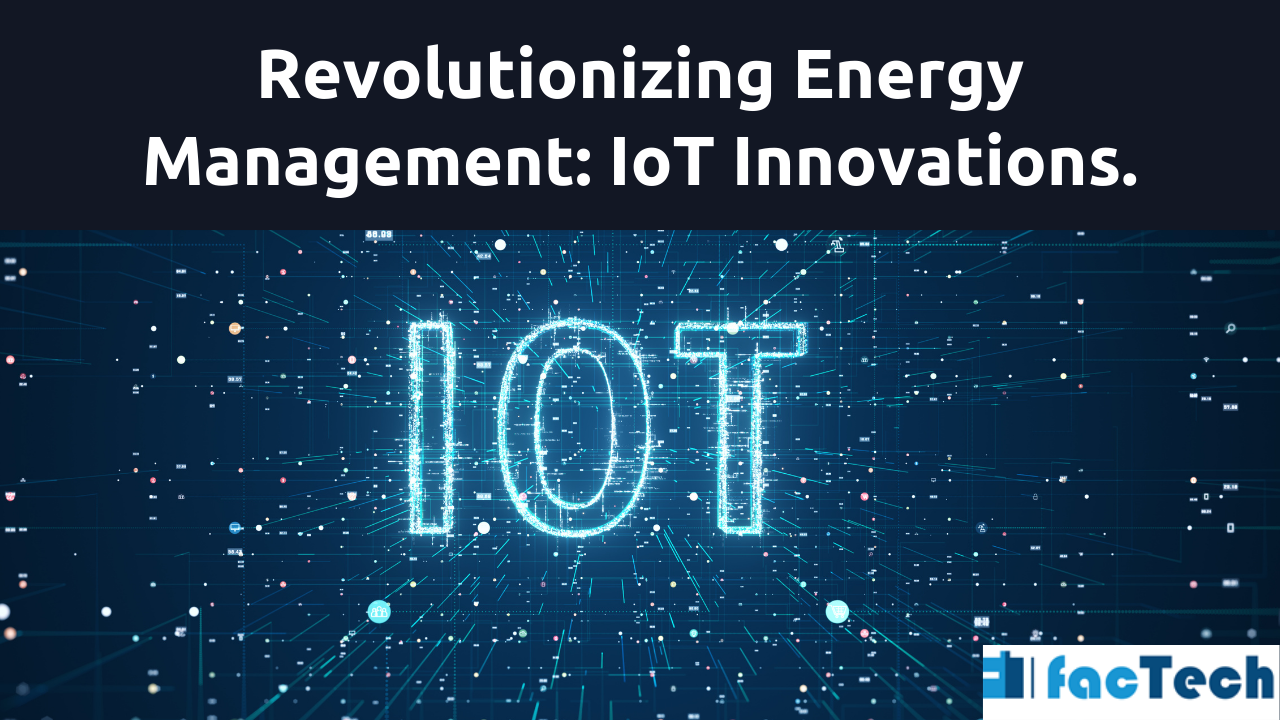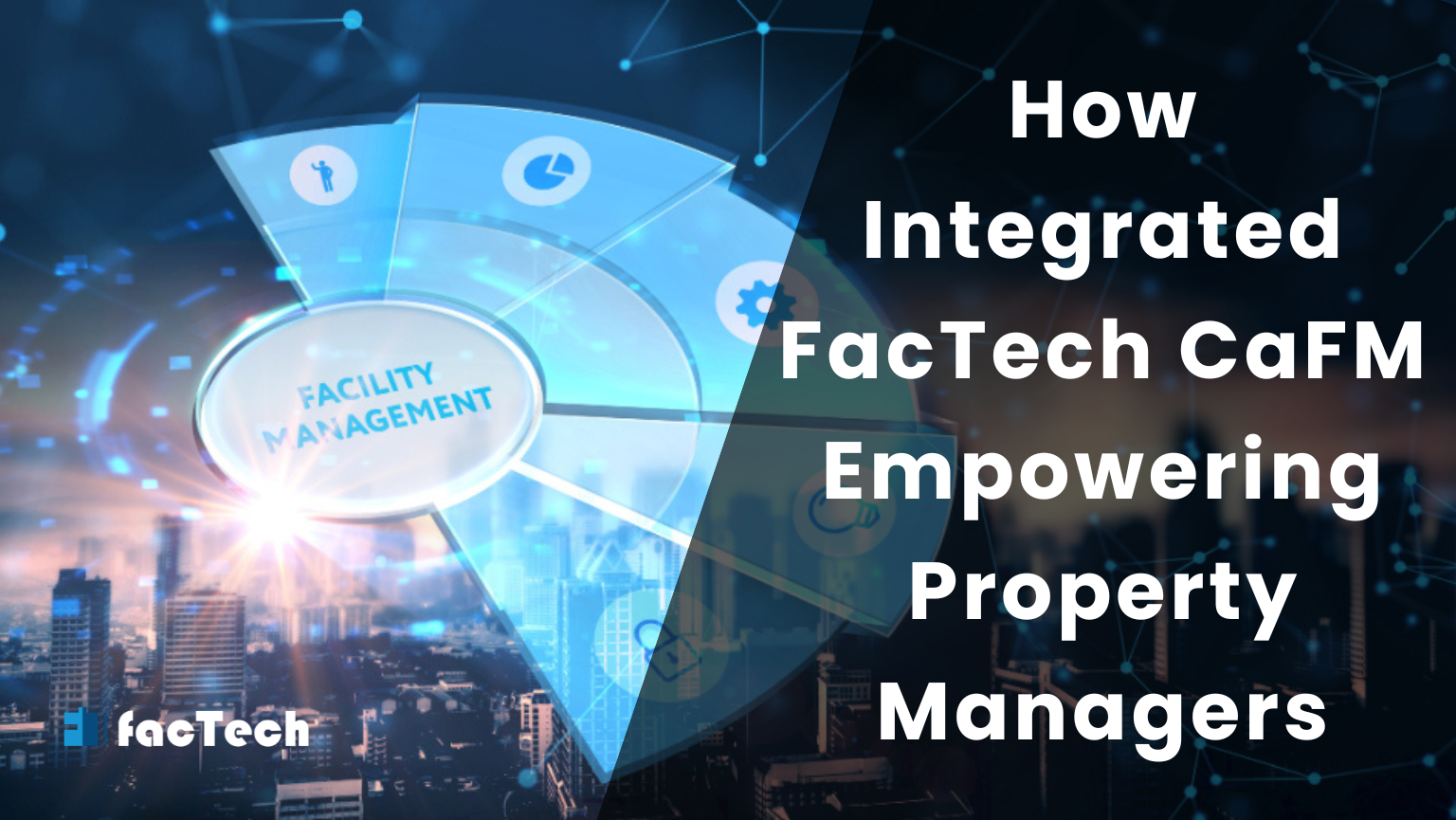IOT in Facility Management: Advances and essential use cases
The Rise of the Smart Building: How IoT is Changing Facility Management
Thanks to the Internet of Things (IoT), property management is going through a big change. This web of interconnected devices completely changes how we monitor, maintain, and optimize building functionality. Facility managers are getting more control over their environments than ever before by using sensor data and real-time information. This makes them more efficient, saves money, and makes people happier.
News in IoT Technology
IoT is being used more and more in building management because it is changing so quickly. Let’s look at some important progress:
Miniaturization and cost reduction of sensors: Sensors are getting smaller, cheaper, and more powerful, which makes it easier to use them in a variety of building systems.
Better connectivity: The rise of low-power wide-area networks (LPWANs) like LoRa and NB-IoT makes it possible for data to be sent easily from anywhere in a building, even in places that aren’t connected to the internet.
Cloud computing and data analytics: Cloud platforms give you the space and power to store and handle huge amounts of sensor data, which lets you find insights that you can use.
IoT’s Most Important Use Cases in Facility Management
IoT options are being used by facility managers for a lot of different tasks, such as:
Predictive maintenance:
Unexpected breakdowns of technology are the worst thing for facility managers because they waste time and money. IoT-driven predictive maintenance is like having a crystal ball that can tell you when a machine is going to break down. By setting up a network of sensors that are all linked to each other, facility managers can get real-time information about the health of their equipment. This lets them fix problems before they get worse and cost a lot to fix. Sensors can check the health of equipment, which allows proactive maintenance to avoid costly breakdowns and downtime.
Why IoT is Better for Predictive Maintenance
Scheduled inspections or last-minute repairs are what traditional maintenance is based on, which often causes downtime and missed chances. When IoT turns the script on its head by allowing constant monitoring:
Smart with sensors: You can put vibration sensors, temperature sensors, and even sound sensors in smart places on tools. These sentinels record information about everything, from motor noise to changes in the temperature inside the machine.
Sensor data is sent to cloud systems, where advanced analytics are used to make decisions based on the data. Machine learning algorithms look through the data to find trends and outliers that could mean something is about to go wrong.
Actively solving problems: With this information, building managers can plan maintenance work to be done before something breaks. This preventative method cuts down on downtime, makes equipment last longer, and makes the best use of maintenance resources.
Use Cases That Are Important for Predictive Maintenance with IoT
IoT is making predictive repair possible in a wide range of building types:
Industrial Facilities: In factories, monitor data can predict when bearings will wear out in important machines, which keeps the production line running.
Commercial Buildings: Smart HVAC systems can use data from sensors to predict problems with chillers or air handlers. This keeps people comfortable and keeps fixes from being too expensive.
In hospitals, predictive maintenance is very important for life-saving tools like MRI scanners and ventilators. IoT-powered tracking can stop power outages before they happen and make sure that important equipment always works.
How IoT in facility management will change predictive maintenance in the future
With IoT, the future of predictive maintenance is full of possibilities:
Integration of Artificial Intelligence (AI): AI is getting smarter day by day. The machine learning algorithms will get even better at predicting when technology will break down.
Monitor Fusion: Using more than one type of monitor together will give a fuller picture of how healthy the equipment is, which will allow for even more accurate predictions.
Self-Healing Systems: In the future, smart buildings with IoT sensors might be able to change working parameters. Also AI can make small repairs themselves, which would cut down on downtime even more.
The Internet of Things (IoT) is giving building managers the power to make predictive maintenance a real thing instead of just a dream. This preventative method guarantees better operations, lower costs, and peace of mind for everyone in the building, which is good for both site managers and the people who live or work there.
Energy management:
New developments in IoT technology causing change
IoT is changing the way energy is managed in many ways:
Smart monitors: These sensors measure things like temperature, humidity, lighting levels, and how equipment is used to figure out how much energy is being used.
Connectivity gets better: LPWANs make sure that data can be sent smoothly from anywhere in a building, even in the most remote areas.
Cloud platforms and data analytics: The cloud gives you the space and power to store and handle sensor data and find patterns in how you use energy.
Important Use Cases for Energy Management Powered by IoT
IoT is being used in different ways by facility managers to cut down on energy use:
Smart HVAC systems use sensors to keep an eye on temperature and activity. This lets the HVAC systems make changes automatically, using less energy when the building is empty.
Smart sensors check to see if a room is occupied and change the lighting levels accordingly, so spaces aren’t overlit when they’re not being used.
Real-time energy monitoring: IoT dashboards give building managers real-time information on how much energy is being used, so they can find ways to save money and make changes right away.
Predictive maintenance: Sensor data can tell when equipment is going to break down, which lets maintenance happen on time and stops energy waste from broken equipment.
Demand response management: Buildings can connect to the power grid and change how much energy they use during times of high demand to save money on electricity rates.
The Future of Energy Efficiency Driven by IoT
The Internet of Things (IoT) will help building managers save even more energy in the future. Here are a few interesting ideas:
Integration of machine learning (ML): ML algorithms can look at past data and guess how energy will be used in the future, which lets proactive optimization methods work.
energy will be used in the future, which lets proactive optimization methods work.
Self-learning buildings: These buildings will be able to change how much energy they use based on the current weather and how people use them.
Connecting to renewable energy sources: The Internet of Things (IoT) can make it easier to connect to renewable energy sources like solar panels, which will make us even less dependent on the standard power grid.
Once site managers start using IoT technology, they can make buildings that last longer and cost less. Finally smart facilities will help make the built environment greener and more efficient in the future by letting us collect real-time data, look at trends of use, and automate energy-saving steps.
Space optimization:
Imagine a world where your office space changes on its own to fit your wants. Based on how often they are used, meeting rooms book themselves instantly. Areas that aren’t being used are found and given new purposes. The Internet of Things (IoT) will power this new way of managing buildings.
The Race to the Space Needle
Facility managers are always having to deal with a lack of room. The price of real estate is high, and if you don’t use your space well, you could waste money and time and make your workplace cluttered and useless. Traditional ways of managing space involve gathering data by hand and using charts, which takes a lot of time and can make mistakes.
IoT Saves the Day
IoT in facility management offers a revolutionary way to make the best use of room. How to do it:
Smart sensors: Covert sensors can be strategically placed throughout a building to monitor noise, temperature, light, and occupancy. The usage of room occupancy can be found using real-time data.
Data analysis and data visualization: Cloud-based platforms gather and process sensor data, giving building managers interactive dashboards that show how room is being used. These insights can help you find areas that aren’t being used, areas that get a lot of traffic, and even places where people could work together.
giving building managers interactive dashboards that show how room is being used. These insights can help you find areas that aren’t being used, areas that get a lot of traffic, and even places where people could work together.
Software for managing space: It’s easy for employees to reserve the space they need using sensor data, and facility managers can change layouts based on how the room is being used right now.
Advantages of Making the Most of Space with IoT in facility management
Cost savings: Facilities may be able to reduce their real estate footprint and save a lot of money by making the best use of their room.
Better productivity: Workers can find the right places for their needs, which helps them concentrate and work together better.
Better experience for employees: A clean and comfortable workplace makes employees happier.
Decisions based on data: Facility managers can use real-time data to make smart choices about how to use room and plan for the future.
What’s Next for Space Optimization
IoT is always getting better at helping us make the best use of the room. Sensor data can be combined with employee schedules or project needs. It would automatically suggest the best place to work for each job. AI-powered systems could also look at how room is used. It can also guess what it will be needed for in the future. Further, this practice would allow for proactive planning and resource allocation.
By using IoT, property managers can turn their buildings into living, data-driven places. These buildings can adapt to the changing needs of the people who live or work there. This change will cut down huge costs. Moreover, it will also make work more efficient, productive, and, in the end, more fun for everyone.
Enhanced security:
The Internet of Things (IoT) is becoming more popular for more than just making managing buildings easier and faster. Improving protection for buildings of all sizes is another important thing it does. Facility managers can create a layered security system that stops threats, speeds up reaction times, and makes the building safer by carefully placing interconnected devices and sensors.
Important IoT Use Cases for Better Security
IoT in facility management makes the workplace safer in the following ways:
Smart access control: Systems that use RFID badges, key fobs, or even facial recognition can make sure that only approved people can get in.
Real-time video surveillance: High-resolution, networked cameras with night vision. Motion detection also makes it possible to keep an eye on things from afar.
Monitoring the environment: Sensors can pick up on changes in temperature, humidity, or air quality that don’t seem normal. These changes could be signs of an attempt to break in or environmental dangers.
How Smart Facilities Will Grow
As IoT technology keeps getting better, we can expect even more uses that will change the way facilities are managed. Connecting the system to Artificial Intelligence(AI) provides the data required to make more jobs automatic. The digital twins are virtual copies of real buildings. They will also help with planning, simulating, and improving how buildings work.
Read more:
In conclusion, the Internet of Things is quickly changing building management from a reactive field to a proactive one. Facility managers can make buildings smarter, more efficient, and more environmentally friendly by using connected devices and data analytics. This will eventually improve the experience of everyone who lives or works in the building.
Read more:











